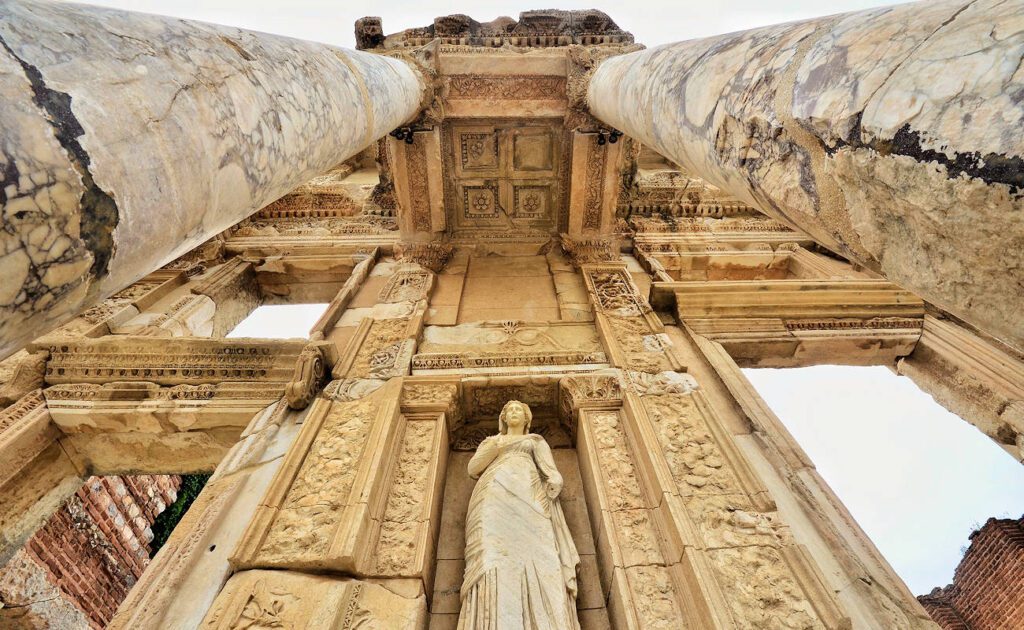
Roman Empire
Roman Empire, one of the most influential and enduring civilizations in human history, spanned approximately 500 years, from 27 BC to 476 AD in its Western form and even longer in the Eastern Byzantine Empire. Emerging from the ashes of the Roman Republic, the empire began with the ascent of Augustus (formerly Octavian) as the first emperor and continued to evolve, encompassing vast territories, diverse cultures, and a rich legacy.
Geographically, the Roman Empire stretched across three continents: Europe, Asia, and Africa, covering an expanse from Britannia in the north to Egypt in the south, from modern-day Portugal in the west to the Middle East in the east. Such territorial vastness contributed to the empire’s cultural diversity and lasting impact on the world.
Roman society was characterized by a hierarchical structure, with the emperor at the top, followed by the senatorial and equestrian classes, and the vast population of common citizens and slaves. The Roman legal system, renowned for its codification and influence on modern jurisprudence, was a hallmark of their civilization.
Roman Empire made significant contributions to architecture, engineering, and urban planning. Iconic structures like the Colosseum, the Roman Forum, and the aqueducts remain as testaments to their architectural prowess. Roman roads, known as “viae,” facilitated trade, communication, and the movement of armies throughout the empire, promoting unity and stability.
One of the enduring legacies of the Roman Empire is its language, Latin, which evolved into the Romance languages and continues to influence scientific and medical terminology today. The spread of Christianity, initially persecuted by the Romans, eventually became the state religion under Emperor Constantine, marking a pivotal moment in world history.
Roman Empire faced its share of challenges, including external threats from barbarian invasions and internal strife. The division of the empire into Western and Eastern halves, with the Eastern Roman Empire centered in Byzantium (later Constantinople, now Istanbul), prolonged its existence.
In 476 AD, the Western Roman Empire succumbed to the Germanic chieftain Odoacer, traditionally marking the empire’s fall. However, the Eastern Roman Empire, also known as the Byzantine Empire, endured for nearly a millennium, until Constantinople’s capture by the Ottoman Turks in 1453.
The Roman Empire’s legacy endures in countless ways, from its legal and architectural contributions to its influence on governance and culture. It left an indelible mark on the world, shaping the course of history and providing a lasting example of the heights human civilization can achieve.
